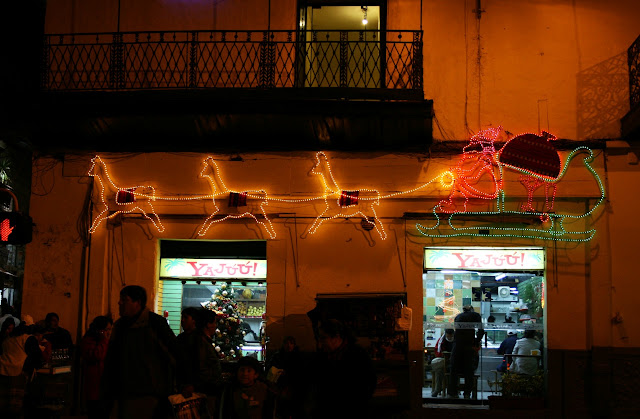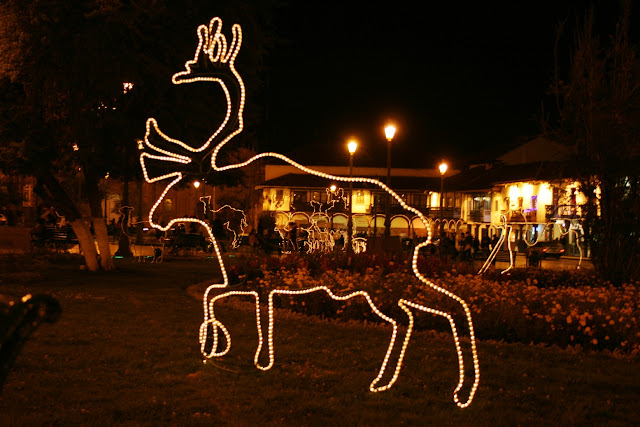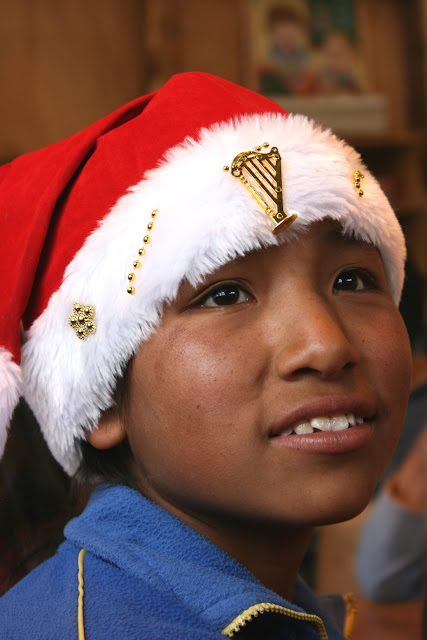Not only are llamas extremely cute animals, they are also useful
and unusual.
Llamas have a fine undercoat, the wool from which can be used
to make clothing and handicrafts, and their coarser outer hair is used for wall-hangings
and rugs (I have one!). Just as llamas come in a variety of colours, so does
their wool range in colour from white or grey to reddish-brown, light and dark
brown, and black.
Llamas have been used as beasts of burden for centuries. They
are sturdy and sure-footed, making them ideal beasts for bearing heavy burdens
along the narrow mountain trails of the South American mountains.
And now for the unusual bits ... According to Wikipedia, llamas mate lying down – it’s called a kush position (sounds cushy to me!) –
which is rather unusual for such a big animal and, also unusual for their size,
their mating is no quick fling. Instead, they’re at it for between 20 and 45
minutes! Plus, the sexually aroused male makes a gargling sound – called an
orgle – before and during the mating process.
But wait, there’s more ... As the tongues of female llamas (called
dams – the llama, not their tongues!) cannot reach more than half an inch
outside their mouths, they are not able to lick off their babies. I presume the
foetal sac comes off when the baby llama (called a cria) rolls around on the
ground. Instead of bonding with their offspring through the licking process,
the mummy llamas nuzzle their babies and hum to them. I haven’t witnessed the
humming but doesn’t it sound delightful? I wonder if they have favourite tunes.
 |
This heavily pregnant female was rolling on the ground like a horse does. I can just imagine her humming
to her baby. |
Llamas also have a reputation for spitting. A local once told me
that llamas never spit at beautiful women, only at the less beautiful. I can verify
there is some truth to that statement as I have had a llama spit at me.
However, when I asked various other locals about this statement recently, they
said they’d never heard of it, so maybe it’s just a good story to tell gullible
tourists!
Wiki says that llamas which have been reared correctly rarely spit
at humans, though they do spit at, kick, neck wrestle and ram into each other.
These actions, by the males not the females, form part of the disputes they
have to establish dominance in the herd – their way of moving up and down the
social ladder of llama society. Apparently, the females do also spit, as a way
of controlling other herd members – an interesting concept.
 |
| Is a nuzzle or a neck wrestle about to happen? |
Though
this spitting, kicking and neck wrestling all sounds rather aggressive, llamas
are family animals and do look after each other. When threatened, a llama will
emit a warning bray to alert the rest of the herd, and llamas often hum to each
other as a way of communicating. As well as these sounds, they also make
groaning noises or produce a 'mwa' noise when they’re afraid or angry. Strange
then that humans use ‘mwa’ as an expression for sending someone a kiss.
 |
| A herd of llamas grazing in Bolivia |
The llama is a symbol used in most of the Andean nations in South
America. Here in Peru, you can buy soft toy llamas made of llama wool, they
appear in paintings and on murals, and their image is frequently found on
t-shirts.
As the word llama is pronounced yama in Spanish, puns are made on the
name – for example, I have seen a t-shirt with a cartoon of a llama riding a
motorbike, with the word Llamaha written beneath.
Peruvian women and children, dressed in traditional costume and leading llamas, are a common sight in central Cusco. Tourists can pay to have their photos taken with the women and/or children and/or llama.
Llamas are not to be confused with their close cousins the alpaca and the vicuña ... more on those creatures in a future blog.
 |
| The real thing ... |
 |
| and the cuddly imitation |





























